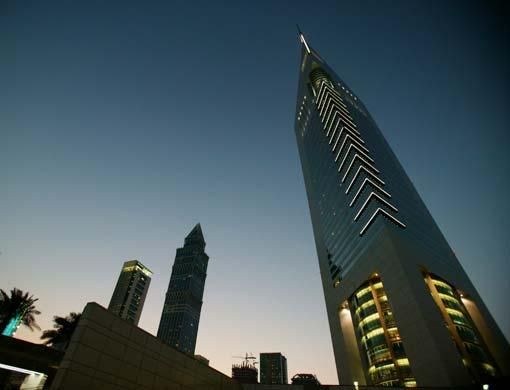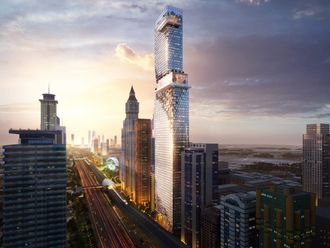Dubai: The days of twisting, rotating, dancing towers being launched in Dubai could be numbered.
Developers' emphasis on extravagant exterior building design is being replaced by a new demand - that of making the most efficient use of increasingly expensive land, say architects.
"Dubai is still a hotbed for new ideas, but it's now at a stage where the quality of an idea is the most important factor, instead of purely a desire to be different," said James Law, chairman of James Law Cybertecture International, which counts the iPod shaped The Pad (an Omniyat Properties project) among its Middle East projects.
"In some new developments, you can see that the masterplanner is looking for sustainable, responsible designs," Law said.
"Using a building site effectively often translates into simple, sleek designs that fit well into their urban surroundings and make efficient use of interior space and energy. In the past developers tended to focus on the exterior, largely overlooking the ‘intimate living experience' of the building residents.
"Developers realise that quality means just as much as location and clever marketing, while the investors themselves are becoming more discerning."
Dubai could soon draw similarities to Hong Kong, where steep land prices make design efficiency essential, said William Yuen, director, P&T Architects and Engineers Ltd, Dubai branch, which counts City of Arabia in Dubai and a major residential project at Ajman Corniche among its UAE projects.
"In Hong Kong, a combination of stringent building regulations and expensive land prices means the developers know exactly what they want from a site. We as architects have to come up with very efficient designs to get the maximum sellable area from a site," he said.
On average, Dubai land values increased by 35 per cent in 2006 from 2005 and 24 per cent in 2007 from 2006, according to a report published by UAE property services company Asteco.
"As the Dubai market matures and land prices increase, developers will look towards honest designs that are approached logically and efficiently and don't try to do too much," Yuen added.
"But having said that, it doesn't mean you can't create simple, but interesting, architecture. If you go to Hong Kong, you will still find many iconic high-rise buildings."
Yuen said the trend towards simplicity and sophistication is an important path for Dubai to follow. In Dubai's competitive market, developers are under pressure to create buildings that will draw attention and investor interest.
But too many iconic buildings without proper reference to the surrounding urban design could ‘cancel out each other', he warned.
Emirates Towers in Dubai is an example of a relatively simple yet iconic structure, he added.












